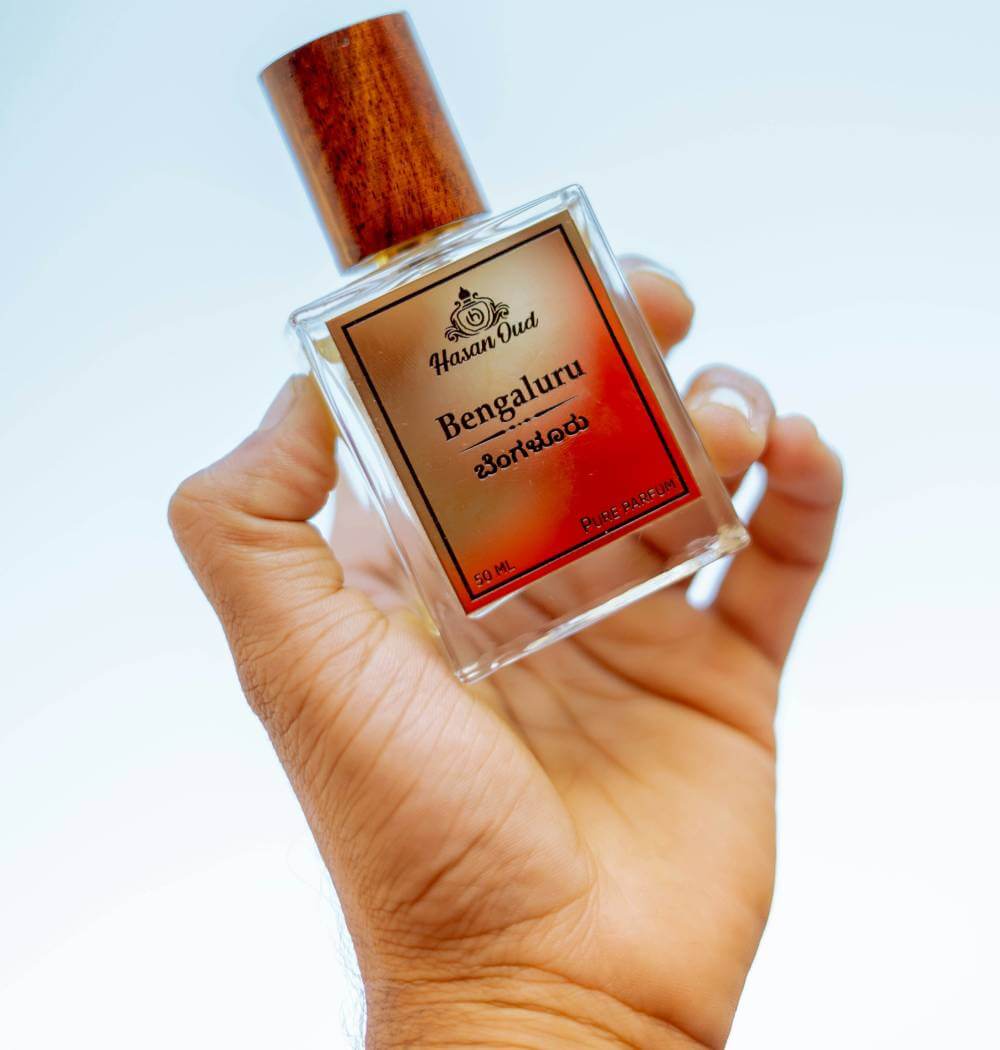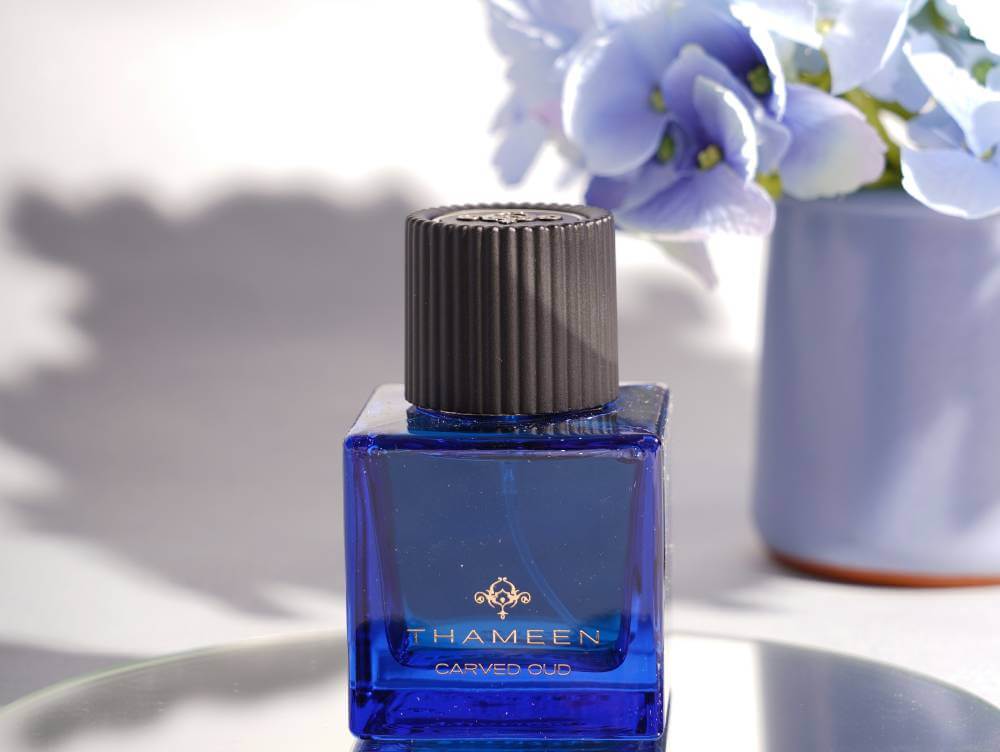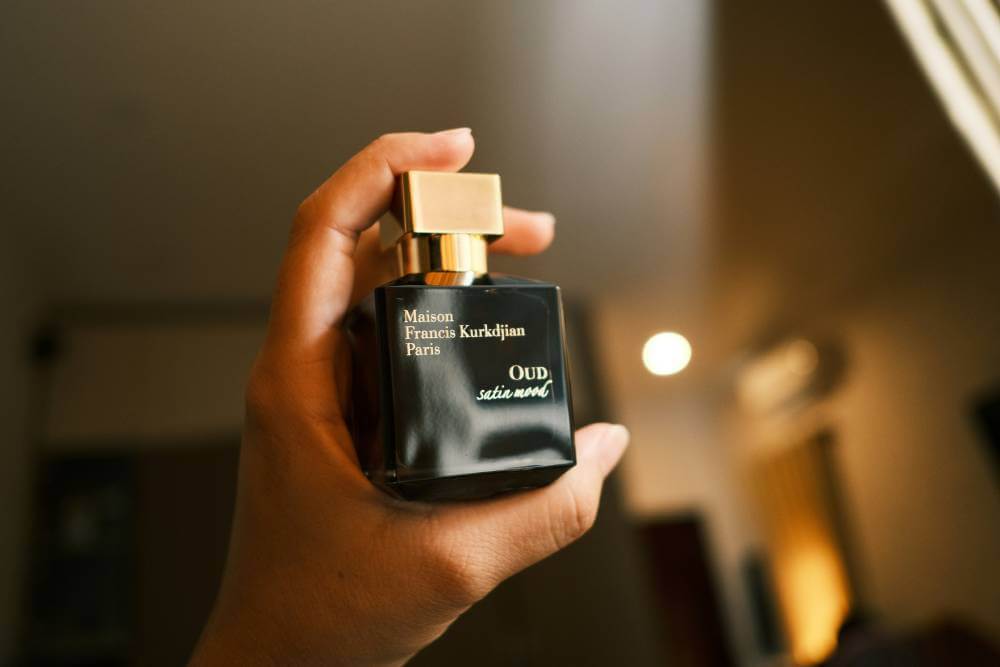Known as the “five thousand dollar per pound scent,” Oud or Oudh is one of the most expensive raw fragrance ingredients in the world. This luxurious essential oil, also referred to as agarwood, is derived from the fungus-infected resinous heartwood of the agar tree, primarily found in the dense forests of Southeast Asia, India, and Bangladesh.
Oud is extracted through two primary methods: distillation from the wood or melting the resin. The process of obtaining Oud is labor-intensive and requires expertise, as the quality of the oil is heavily dependent on the age and health of the tree from which it is sourced.
The rarity of Oud is a significant factor contributing to its high price. It is believed that for every ten agar trees in the wild, only one will have an infected heartwood that produces the sought-after resin. Expert perfumers specifically seek out these older trees due to the superior richness of the resin’s aroma. Unfortunately, many of these trees are now considered threatened species, raising concerns about sustainability and conservation.
The resin is only produced when the agar tree is infected by a specific type of mold, which means that it is estimated that only about 2 percent of these trees yield the resin. This scarcity not only enhances Oud’s allure but also solidifies its status as the most expensive commodity in the essential oil market.
The Value of Oud Essential Oil

The annual Oud market generates approximately $6 billion, making it one of the most lucrative segments in the fragrance industry. Its value is often estimated to be one-and-a-half times that of gold, leading to its nickname, “liquid gold.” Reports from Forbes indicate that Oud can cost as much as $5,000 per pound, highlighting its status as a luxury commodity.
Retail Pricing and Usage
Oud retailers typically sell small quantities, with a 3-gram bottle often priced at $300 or more. Despite the high cost, sellers emphasize that only a small amount of oil is needed for each application, suggesting that one bottle can last the average daily user an entire year. This makes Oud not only a luxurious purchase but also a long-lasting investment for fragrance enthusiasts.
In my experience, investing in high-quality Oud has proven to be worthwhile. A little goes a long way, and the depth of the fragrance can transform an ordinary day into something special. I often find that just a single drop can create a lasting impression, making it a staple in my fragrance collection.
Fragrance Profile
The scent of Oud is multifaceted and complex. It is simultaneously pungent and pleasing, evoking warm, smoky notes intertwined with hints of dampened wood. While it carries subtle floral and fruity undertones, the predominant aroma is musky and sensual, creating a rich olfactory experience. This complexity is part of what makes Oud so desirable in the world of perfumery.
What I find particularly fascinating about Oud is how its scent can vary based on the source and extraction method. Each batch can have its own unique characteristics, influenced by factors such as the age of the tree and the specific conditions in which it was grown. This variability adds an element of exclusivity to each purchase, making every bottle a unique treasure.
The Olfactory Experience
The exquisite fragrance of Oud is a precious and rare gift from nature. When blended with other essential oils, it creates an olfactory experience that permeates any interior environment, imparting a sense of opulence, luxury, and supreme comfort. The ability of Oud to enhance the atmosphere of space makes it a favored choice among those seeking to elevate their surroundings.
In my personal experience, using Oud in-home fragrance diffusers or candles has transformed my living space. The warm, inviting aroma creates a calming ambiance that is perfect for relaxation or entertaining guests. It’s remarkable how a single scent can evoke such strong emotions and memories, making it a powerful addition to any home.
Cultural Significance
Beyond its aromatic qualities, Oud holds significant cultural importance in many regions, particularly in the Middle East and Southeast Asia. It is often used in traditional ceremonies, religious practices, and social gatherings. The act of burning Oud chips or using them in perfumes is deeply rooted in cultural heritage, symbolizing hospitality and luxury.
I appreciate how Oud connects people to their cultural roots and traditions. When I wear Oud or use it in my home, I feel a sense of connection to the rich history and craftsmanship that goes into producing this remarkable fragrance. It’s more than just a scent; it’s a celebration of culture and artistry.
A Brief History of Oud
The use of Oud can be traced back to ancient times, with incontrovertible evidence found in the scriptures of various ancient cultures. This rich history highlights Oud’s significance not only as a fragrance but also as a cultural and spiritual symbol. In my opinion, the rich history of Oud adds to its allure. Knowing that this fragrance has been cherished for centuries across various cultures makes each encounter with it feel like a connection to the past. I find it fascinating how Oud has transcended time and geography, evolving from a sacred substance in ancient rituals to a luxury item in modern perfumery.
Ancient Traditions
The Prophet Muhammad held the tradition of fumigation with agarwood, a practice that continues in the Muslim world to this day. The Holy Prophet referred to agarwood as a distinct item found in Paradise, emphasizing its revered status. This connection to spirituality and the divine has contributed to Oud’s enduring popularity in religious and cultural practices.
In Hebrew tradition, the Song of Songs describes Oud as a form of incense, with King Solomon depicted as “coming up from the desert like a column of smoke, perfumed with myrrh and incense.” This poetic reference illustrates the historical significance of Oud in ancient rituals and its association with luxury and beauty.
Historical Records
Early records from central Vietnam dating back to the third century A.D. mention the extraction of agarwood and the export of Oud to China and Japan, where it was burned for centuries as incense. Wealthy Chinese ancients were known to make their coffins out of this resinous heartwood, signifying the high value placed on Oud even in death. This practice reflects the belief in the protective and purifying qualities of the fragrance, which was thought to accompany the deceased into the afterlife.
Additionally, there is a strong association between Oud and the tradition of Feng Shui, a discipline focused on governing the flow of energy in a particular space. The use of Oud in this context underscores its role in promoting harmony and balance within environments.
In Buddhist tradition, the most precious string of beads, numbering 108, is made of agarwood. These beads are used in meditation and prayer, further solidifying Oud’s spiritual significance across cultures. Historically, the Islamic world valued the precious resin as both an essential oil and a personal perfume, showcasing its versatility and importance in daily life.
Oud in Europe
As the use of Oud spread to Europe, it captured the attention of royalty, particularly in France. Louis XIV, known as The Sun King, was famous for his extravagant lifestyle and indulgences. He loved the fragrance of Oud so much that he reportedly washed his clothes in it, highlighting the luxurious status of Oud in European courts. This fascination with Oud among the elite helped to solidify its reputation as a symbol of wealth and refinement.
The Use of Oudh in Modern Perfumery
In today’s world of complex fragrance formulations, Oud has gained considerable interest and popularity among perfumers and fragrance enthusiasts alike. This cherished essential oil has found its way into the compositions of many renowned designers, elevating the art of perfumery to new heights.
Notable Fragrances Featuring Oud
Several high-profile designers have launched their own fragrances that prominently feature Oud. Notable examples include Giorgio Armani’s Oud Royale and Tom Ford’s Oud Wood. These fragrances showcase the versatility and richness of Oud, appealing to consumers who seek luxurious and exotic scents. The rise of boutique hotels in the 1980s also contributed to this trend, as these establishments began offering opulent experiences that included rare and exotic scents, catering to travelers with discerning tastes and a willingness to indulge in luxury.
The Role of Oud in Perfume Composition
When used in a perfume composition, Oud is most often classified as a base note. Base notes are the foundation of a fragrance, providing depth and longevity. They tend to remain on the skin long after the lighter top and middle notes have dissipated, often lasting up to six hours or more. This enduring quality makes Oud a prized ingredient in modern perfumery.
Base notes are typically rich, heavy, and long-lasting, serving to enhance the scent of other ingredients in the composition. In some cases, Oud imparts a fragrance all its own, adding a unique character to the overall scent profile. While most wood notes are known for their earthy qualities, Oud stands out by providing a pleasant sweetness that balances its depth and complexity.
Synthetic Versions of Oud
Due to the high cost and limited availability of natural Oud, many perfumers opt for synthetic versions of the scent. These synthetic alternatives can replicate the rich aroma of Oud while making it more accessible for use in various fragrance formulations. This approach allows perfumers to create luxurious scents without the prohibitive costs associated with harvesting natural Oud.
Numerous Benefits and Uses of Oud

Oud, with its rich history and multifaceted applications, is more than just a luxurious fragrance; it is an exquisite essential oil that offers numerous benefits ranging from spiritual to therapeutic and medicinal uses. Its unique properties have made it a cherished element in various cultures, particularly in the Middle East and Southeast Asia.
Spiritual and Emotional Benefits
Oud is often associated with harmony and serenity of spirit. Many people believe that its aroma can help create a peaceful environment, making it an ideal choice for meditation and spiritual practices. When applied regularly, Oud is thought to assist in the removal of destructive and negative energies within the home, promoting a sense of calm and balance.
In my personal experience, using Oud during meditation has significantly enhanced my practice. The warm, inviting scent helps me focus and center my thoughts, allowing for a deeper connection to my inner self. I find that the calming properties of Oud create an atmosphere conducive to reflection and mindfulness, making it a valuable addition to my spiritual routine.
Therapeutic and Medicinal Uses
Beyond its spiritual benefits, Oud is recognized for its therapeutic properties. It is known to enhance mental clarity and ease neurotic and obsessive behaviors. The calming effects of Oud can help reduce anxiety and promote relaxation, making it a popular choice for those seeking natural remedies for stress relief.
In traditional medicine, Oud has been used for its potential anti-inflammatory and antimicrobial properties. Some studies suggest that it may have benefits for respiratory health, as the inhalation of Oud smoke can help clear the airways and promote easier breathing. This makes it a valuable addition to wellness practices, particularly in aromatherapy.
Cultural Practices
In the Middle East, both men and women commonly burn Oud wood chips to scent their homes and clothes. This practice is deeply rooted in cultural traditions, where the fragrant smoke is believed to purify the air and create a welcoming atmosphere. The act of burning Oud is often associated with hospitality, as it signifies warmth and generosity towards guests.
Moreover, many people believe that their prayers rise with the scented smoke of agarwood and are carried straight to the Creator. This spiritual connection adds a profound layer of meaning to the use of Oud in religious and cultural practices. I find this belief particularly moving, as it highlights the deep reverence and significance that Oud holds in various traditions.




